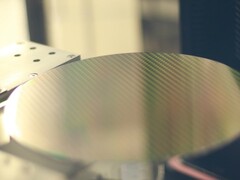Semiconductor Manufacturing International Corporation (SMIC) anticipates a second-quarter revenue shortfall of as much as six percent following operational disruptions during equipment maintenance and validation. An incident during scheduled annual upkeep, compounded by performance issues uncovered in newly installed tools, reduced sellable output rather than affecting average selling prices.
U.S. export controls barring American vendors from servicing advanced wafer fabrication equipment in China forced SMIC engineers, who lack formal qualifications for some tasks, to undertake maintenance, increasing the risk of disruptions and yield degradation.
In the first quarter of 2025, SMIC posted $2.247 billion in revenue, a 1.8 percent rise quarter-over-quarter. Wafer sales comprised 95.2 percent of the total, driven by an 18 percent increase in 200-millimeter wafer shipments and a two percent uptick in 300-millimeter volumes. Factory utilization climbed to 89.6 percent, offsetting the impact of softer unit pricing and higher depreciation charges on margins.
Fixing the problematic equipment has already diverted an estimated $30 million to $75 million away from research and development. Still, management is holding to an ambitious $7.5 billion capital-expenditure plan for the year. Executives describe current tariff effects as “minor” yet concede that higher downstream prices could curb demand in the second half.
Co-CEO Haijun Zhao noted that close coordination with partners and granted tariff exemptions have kept any direct revenue impact from trade measures below one percent. The company continues to monitor customer demand closely amid ongoing geopolitical uncertainties.
Source(s)
Reuters (in English) & TomsHardware (in English)









